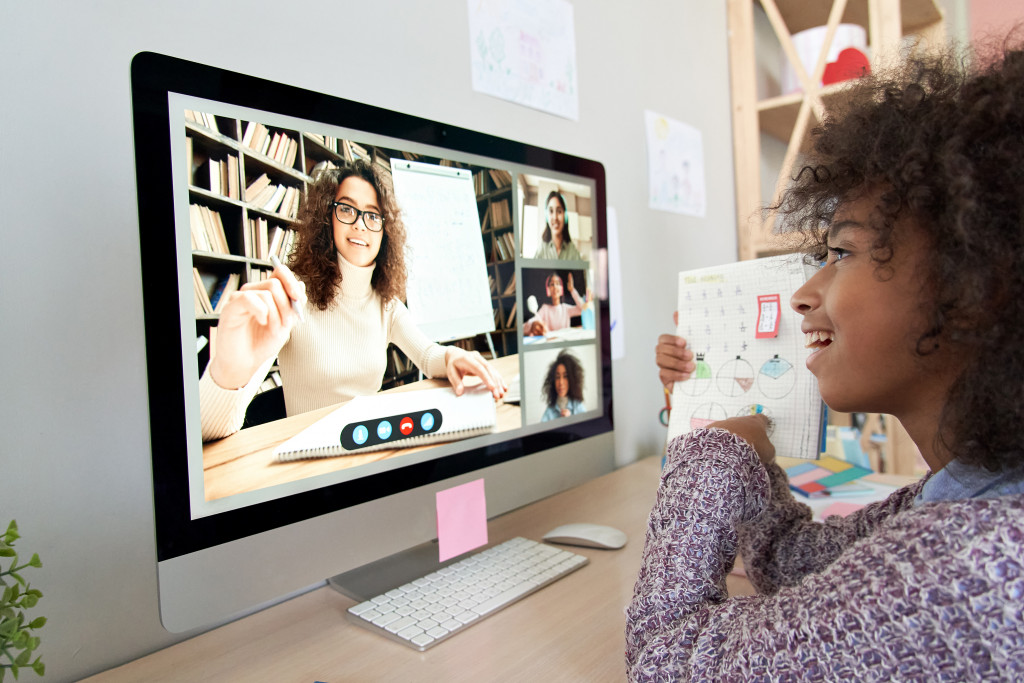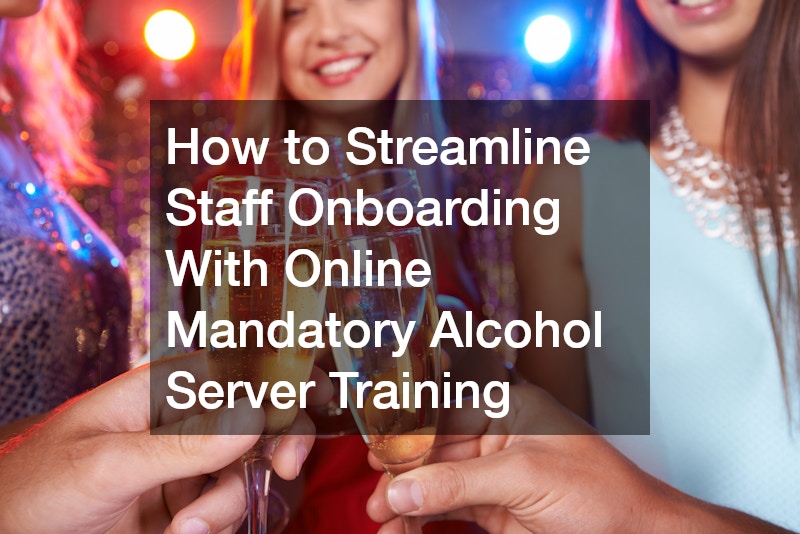- Leverage open-source learning resources to provide students in struggling communities with free access to high-quality educational materials.
- Partner with online schools in the local area to give students access to quality education from home.
- Create digital libraries that can be accessed through computers or mobile devices, providing those in struggling communities with knowledge and resources.
- Utilize online tutoring services such as Khan Academy or Wyzant to give students in struggling communities one-on-one instruction and guidance.
- Develop learning apps tailored towards students in struggling communities, so they can access educational material at any time and place.
Quality education is a basic human right. Access to it is essential for any community to thrive. Unfortunately, many communities lack access to quality educational resources due to poverty or other social barriers. Thankfully, technology can help bridge the gap between communities and quality education. Here are a few tips to help struggling communities access quality education through technology.
Leverage Open-Source Learning Resources
Many open-source learning resources are available online that can provide students in struggling communities with access to high-quality educational materials at no cost. These materials include textbooks, lectures, tutorials, and more – all accessible from any computer or mobile device with an internet connection.
Partner with Online Schools

More and more countries are getting online schools that deliver the same quality of education available in traditional classrooms – but with added flexibility. For example, there are plenty of opportunities for online learning in the Philippines. So if you want to reach out to struggling communities in that country, partner with an online school there to give students access to quality education from the comfort of their homes. This will ensure that students in those communities can receive a quality education no matter their circumstances. Just ensure you provide the necessary equipment, such as laptops or tablets, to ensure their success.
Create Digital Libraries
Digital libraries allow people from all walks of life – including those from struggling communities – access to information from anywhere. By creating digital libraries that are easily accessible through computers or mobile devices, you can give people living in these communities access to knowledge and resources that will help them learn and grow as individuals.
Utilize Online Tutoring Services
Online tutoring services such as Khan Academy or Wyzant offer one-on-one instruction for students who may be struggling with certain subjects or concepts. With online tutors, students in struggling communities can get the individualized attention they need without having to leave their homes or neighborhoods – something they may not be able to do otherwise due to financial constraints or other reasons.
Develop Mobile Learning Apps

Mobile learning apps are becoming increasingly popular as a way for people of all ages and backgrounds to learn on the go. By developing mobile learning apps tailored towards students in struggling communities, you can give them access to quality educational material at any time and place – making it easier for them to stay engaged in their studies even when life gets busy or hectic. However, developing a mobile learning app isn’t easy, so make sure you follow these steps:
Identify the needs of the community
Identifying the needs of the community is essential in creating an effective mobile learning app. Take some time to research the demographics of the area, as well as what types of educational resources they may find helpful. After you have a better idea of what their needs are, use that information to create an app that meets those needs.
Test the app with a small group
Once you have the app built, it’s important to test it out and make sure it works properly. Invite a small group of people from the community to test out your app and get their feedback on what’s working and what could be improved.
Ensure the content is appropriate for all ages
Mobile learning apps are often used by people of all ages, so it’s essential to make sure the content is appropriate for everyone. If you plan on making the app available for children, be sure to filter out any inappropriate material or images.
Make it accessible
Finally, ensure that your app is easily accessible no matter where users are. This means ensuring it is compatible with all devices and can be used without any problems on slow internet connections.
By developing a mobile learning app, you can give struggling communities access to quality education no matter where they are.
Technology can be a powerful tool for helping struggling communities access quality education. By leveraging open-source learning resources and partnering with online schools, creating digital libraries, utilizing online tutoring services, and developing mobile learning apps, you can help bridge the gap between disadvantaged communities and high-quality educational opportunities. With these tips in mind, it’s easy to see how anyone can impact their community by providing access to quality educational materials through technology.



